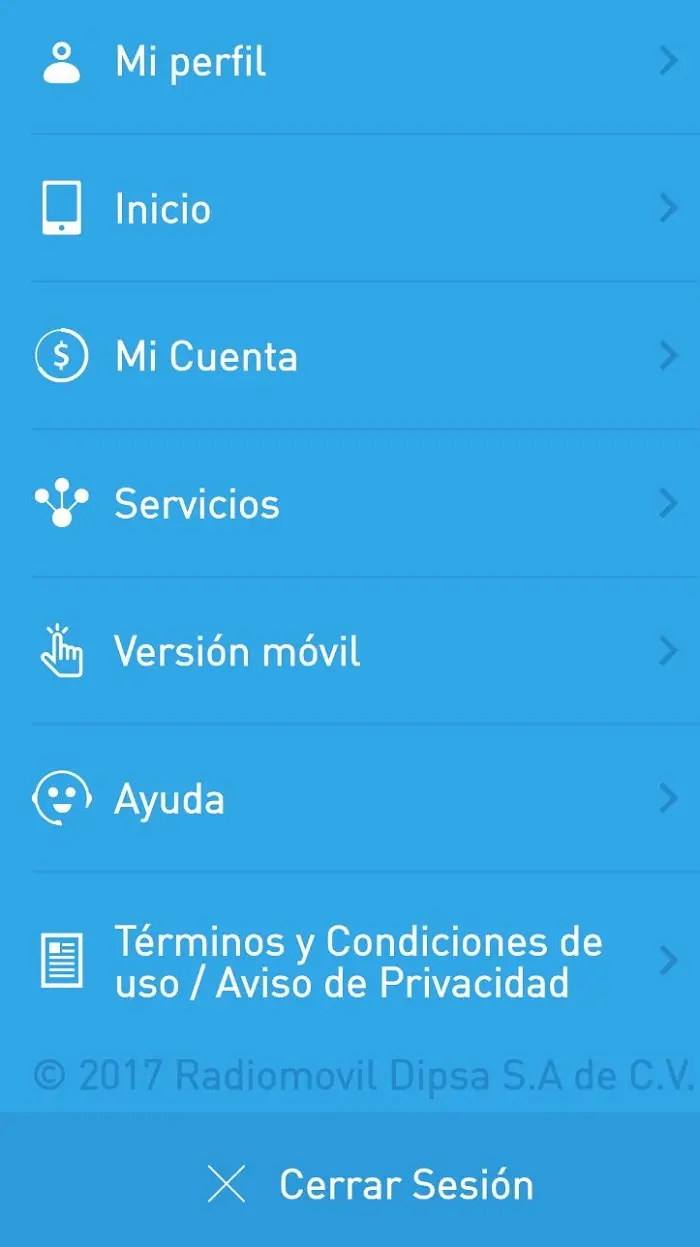
Nevertheless, the higher taxonomic classification under which this species had been placed, by the time the CRP was started, was found to be paraphyletic as a result the subgenus Zeugodacus was elevated to genus level. It was concluded that the melon fly does not represent a cryptic species complex, neither with regard to geographic distribution nor to host range. Host preference and genetic studies showed no evidence for the existence of host races. Cross-mating studies indicated no incompatibility or sexual isolation. Zeugodacus cucurbitae (formerly Bactrocera ( Zeugodacus) cucurbitae) – Genetic variability was studied among melon fly populations throughout its geographic range in Africa and the Asia/Pacific region and found to be limited. Microsatellites markers and morphological identification tools for the adult males of the five different FAR entities were developed based on male leg structures. The biological limits within Ceratitis fasciventris (i.e. These are currently recognised as Ceratitis anonae, Ceratitis fasciventris (F1 and F2), Ceratitis rosa and a new species related to Ceratitis rosa (R2).

Molecular and pheromone markers are now available to distinguish Bactrocera dorsalis from Bactrocera carambolae.įAR Complex ( Ceratitis fasciventris, Ceratitis anonae, Ceratitis rosa) – Morphology, morphometry, genetic, genomic, pheromone, cuticular hydrocarbon, ecology, behaviour, and developmental physiology data provide evidence for the existence of five different entities within this fruit fly complex from the African region. Of the five target pest taxa studied, only Bactrocera dorsalis and Bactrocera carambolae remain as scientifically valid names.

Discriminative taxonomic tools using linear and geometric morphometrics of both adult and larval morphology were developed for this complex.īactrocera dorsalis complex – Based on genetic, cytogenetic, pheromonal, morphometric, and behavioural data, which showed no or only minor variation between the Asian/African pest fruit flies Bactrocera dorsalis, Bactrocera papayae, Bactrocera philippinensis and Bactrocera invadens, the latter three species were synonymized with Bactrocera dorsalis. The morphotypes can be considered as distinct biological species on the basis of differences in karyotype, sexual incompatibility, post-mating isolation, cuticular hydrocarbon, pheromone, and molecular analyses. The following progress was made for the four complexes selected and studied:Īnastrepha fraterculus complex – Eight morphotypes and their geographic and ecological distributions in Latin America were defined.

Close to 50 researchers from over 20 countries participated in the CRP, using coordinated, multidisciplinary research to address, within an integrative taxonomic framework, cryptic species complexes of major tephritid pests. The scientific output was the accurate alignment of biological species with taxonomic names which led to the applied outcome of assisting FAO and IAEA Member States in overcoming technical constraints to the application of the Sterile Insect Technique (SIT) against pest fruit flies and the facilitation of international agricultural trade. As captured in the CRP title, the objective was to undertake targeted research into the systematics and diagnostics of taxonomically challenging fruit fly groups of economic importance. An FAO/IAEA Co-ordinated Research Project (CRP) on “Resolution of Cryptic Species Complexes of Tephritid Pests to Overcome Constraints to SIT Application and International Trade” was conducted from 2010 to 2015.


 0 kommentar(er)
0 kommentar(er)
